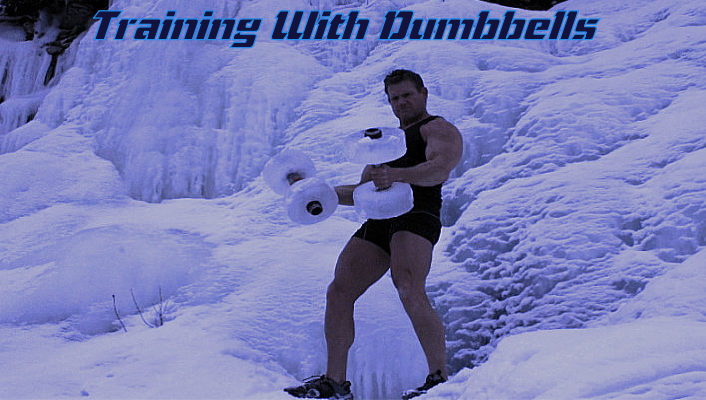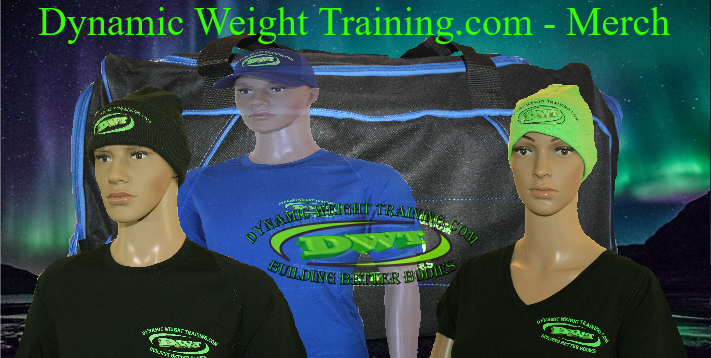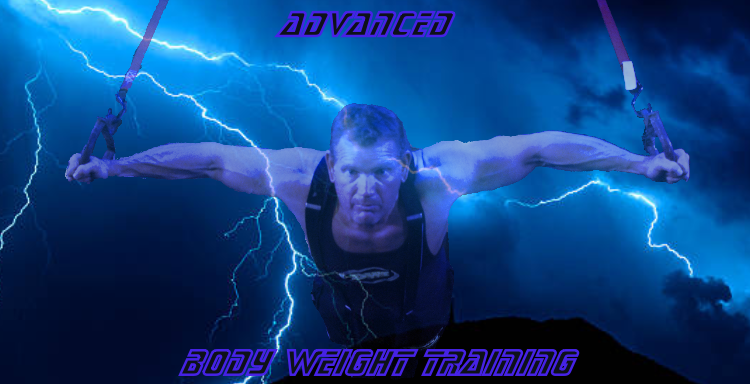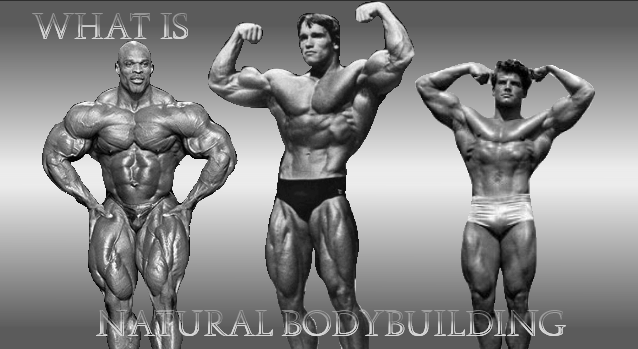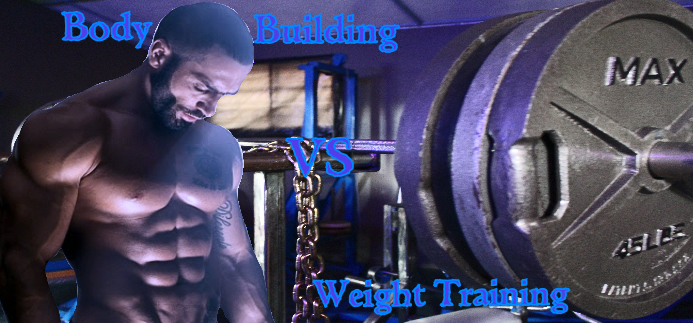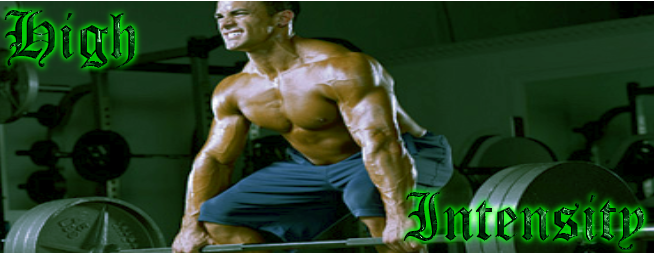Weight Training With Dumbbells
Weight training with dumbbells sometimes has a tendency to be overlooked by athletes. Dumbbells are great for building muscle shape, size and strength and very versatile, adding endless creative variety to any workout routine, taking up little room in a home gym or garage.
The dumbbell also assists with building coordination and uniting strength curve imbalances. The barbell certainly has its place in weight training, but…
dumbbells challenge the limbs separately, forcing the body to adapt to new angles and training stimulation, that can often reduce plateau obstacles.
So lets see how: with 30 different body exercises you can do at your local gym or right in the privacy your own home.
Advantages of Weight training With Dumbbells
- The dumbbell provides a greater range of motion in unilateral movements.
- The dumbbell is also a good choice for dynamic-power-based movement exercises and sports related training.
- Dumbbells don't allow strength imbalances between the arms and legs, unlike the barbell that is able to use the dominant limb or stronger side to compensate.
- Coordinating different angles and intensities with the dumbbell allows you to perform an almost endless series of combinations of bilateral and unilateral movements.
- Dumbbells are easy-to-use, take up little space and can be in corp-orated into simultaneous or alternating movements, unlike the barbell.
- Weight training with dumbbells also allows you to isolate and focus on specific portions of the limbs and trunk, this isolation allows athletes to broaden their strength and coordination in different sports.
Aim the Resistance To Your Lifting Level

When it comes to weight training with dumbbells, and how much resistance to use in each exercise, is relative to; your lifting level.
A rule of thumb to help with your poundage level for men and women are as follows:
Dumbbell lifting ratio for most exercises... for men:
For beginner lifters - 8 to 10% of your lean body weight.
Intermediates -15 to 20% of your lean body weight.
Advanced lifters – two years or
more consistent lifting experience, 25 to 30% of your lean body weight.
Dumbbell lifting ratio for most exercises for women:
For beginners - 4 to 6% of your lean body weight.
Intermediate – 6 months of consistent lifting experience, 8 to 10% of your lean body weight.
Advanced female lifters - 20 to 24 months of consistent lifting, 12 to 15% of your lean body weight.
If you have the luxury of training in a commercial gym or rec center, then the gym will more than likely have supplied a full dumbbell rack, including benches, seats and chairs that you can use to perform some of the different exercises I will go into.
If you train at home, be it the living room, bedroom, shop or garage, it doesn’t matter, weight training with dumbbells doesn’t take up a lot of space.
Some things you might need to train with dumbbells at home.
- One
decent adjustable bench
- A
regular height stool, if you have one
- One
chair with a solid back
- A small assortment of dumbbells, or at least an adjustable set
If you have limited finances, space and a smaller strength curve: best work out results would come from having either 3 pre-set dumbbell increments or one easily adjustable dumbbell set. E.g.
If you can lift a set of 40 pound dumbbells for most exercises, I would suggest having one set, above and below the 40 pound increment: e.g. a set of 30’s and a set of 50's.
The reason I suggest having three sets is because: certain exercises like lateral shoulder raises usually can’t support as much weight, where as dead lifts, you need a little more, as the bigger muscles of the legs can handle more.
As strength curves for each person varies, having to adjust the weight for different body parts is common; if you do have access to a bigger variety of incremented dumbbell weights...

Great; this streamlines the workout and makes it more enjoyable, if you don’t have to divide your time and concentration between working out and adjusting dumbbell increments to suit each body part.
Ultimately, work with what you have, if you find you really enjoy dumbbell training look into purchasing or making up your own small dumbbell collection that suits your needs best.
Regarding weight training with dumbbells and training at home... when I first built my rack of dumbbells, I made the increase in dumbbell increments part of my training goal.
When I managed to get past an old strength or size plateau, I would then add another set of dumbbells; by doing this, I increased size and strength curves including the size of my dumbbell rack simultaneously.
This took me well over a year of building and being able to financially afford the dumbbell rack.
I made the goal, the financial effort, and the building up of a good dumbbell arsenal all became a manageable reality, and a lot of fun doing it...
I now have a dumbbell rack that goes up to over 100 pounds in my own home gym, and for over 30 years I have used that dumbbell rack thousands and thousands of times.
This isn't about telling you what I have done, this is about some of the different things You can do, to make them part of your main goal of building a better body, and what you want from weight training with dumbbells...
If you train at a commercial gym; then try setting different goals.
These are some of the Best and most commonly used dumbbell exercises for
building size and overall strength!
I call these... 'The big 30'
Let’s start with,
The Chest:
v Dumbbell Flat, Incline and decline bench press

v Flat Bench Dumbbell flyes
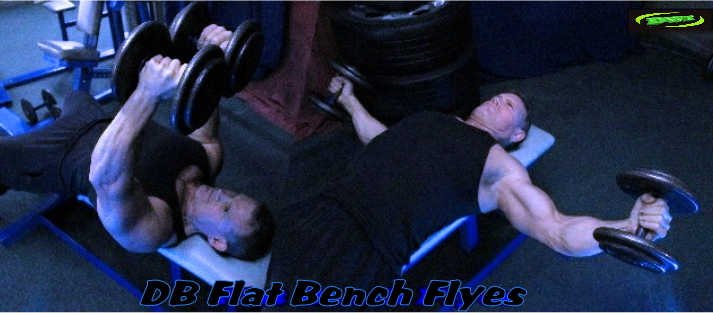
v Incline Dumbbell flyes
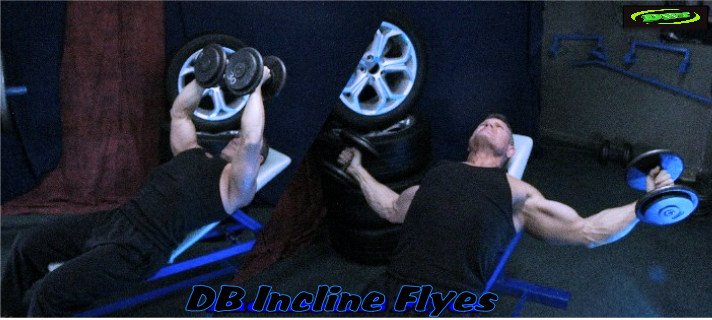
v Decline Dumbbell flyes
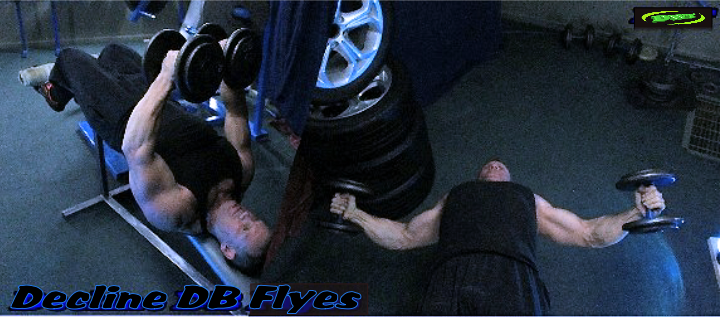
The Upper Back:
v One arm bent over dumbbell rows (Opposite hand and knee resting on bench)
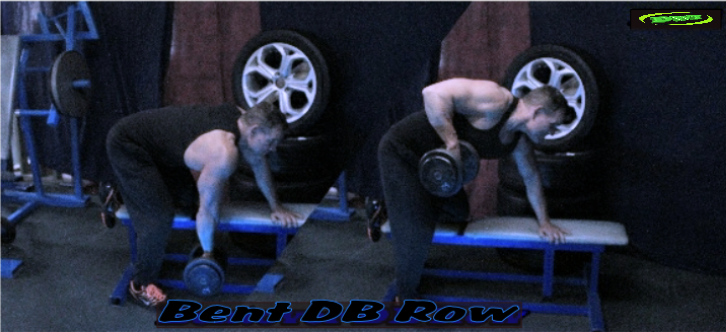
v Dumbbell Deadlifts
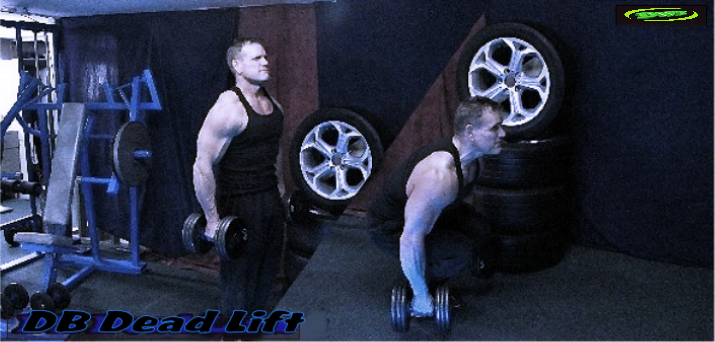
v Simultaneous Bent Over Dumbbell Rows
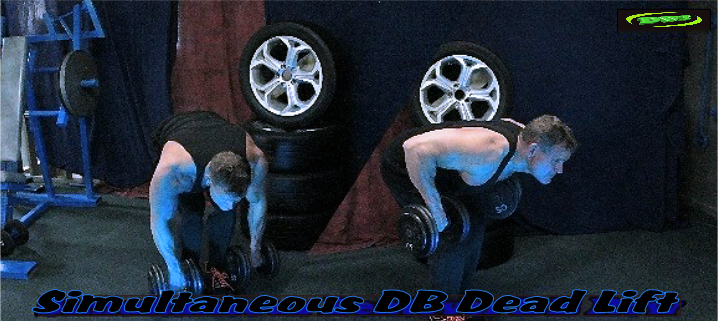
The Biceps:
v Standing Alternating or simultaneous dumbbell curls
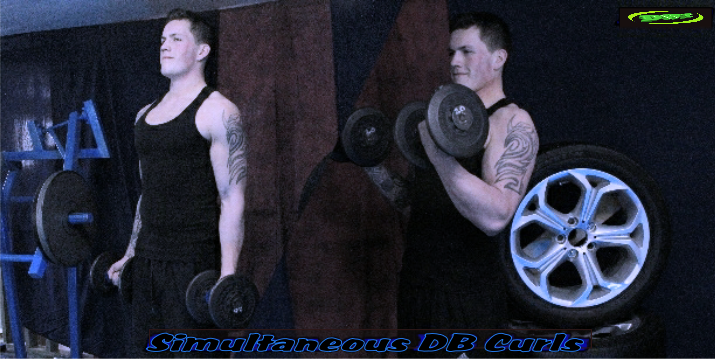
v Seated dumbbell curls (back supported with back of chair or bench)
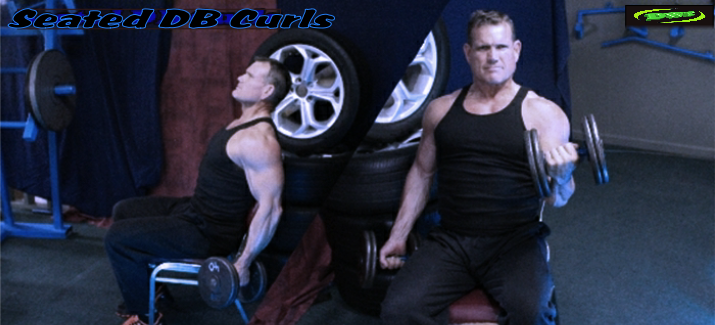
v Seated dumbbell concentration curls
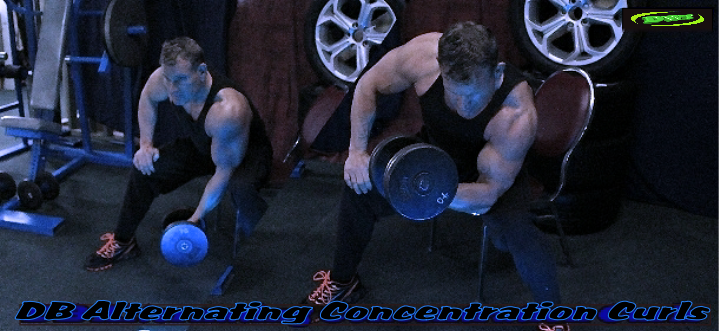
v Hammer curls (performed across chest/out to sides from waist)
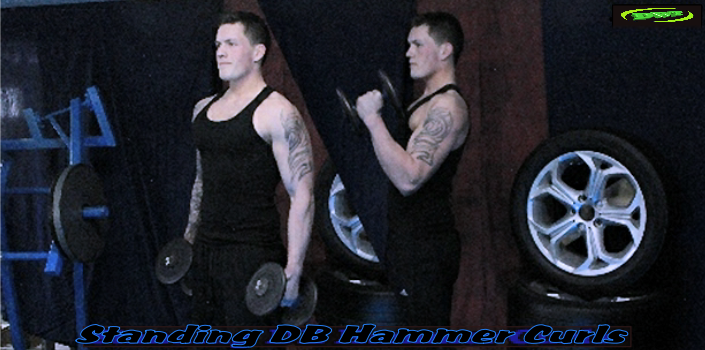
vDumbbell preacher curls (performed on preacher or incline bench)
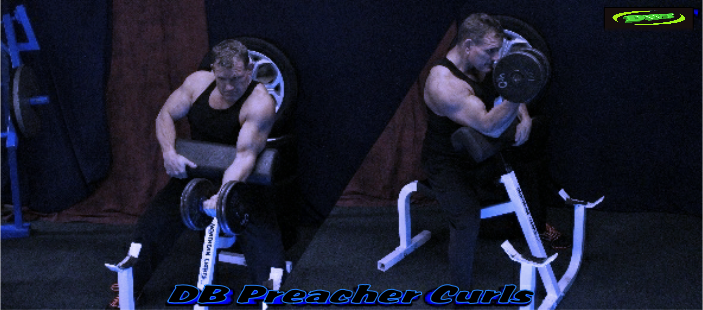
The Triceps:
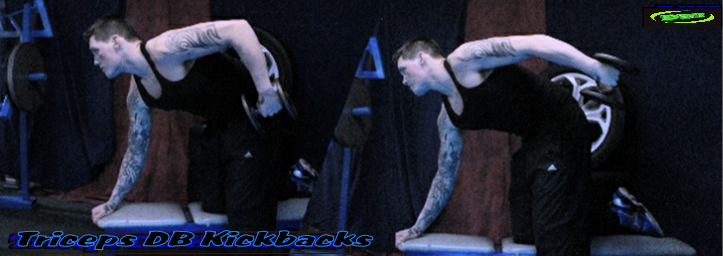
v Two arm seated single dumbbell triceps extensions
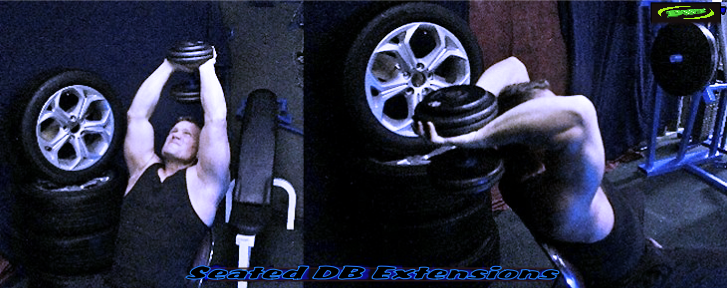
v Simultaneous flat bench dumbbell triceps extensions
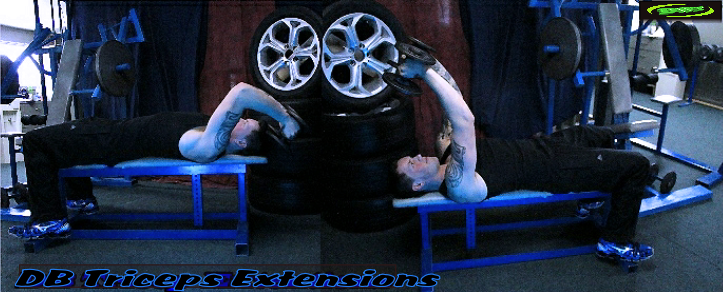
The Shoulders:
v Standing alternate dumbbell lateral raises (resting hand to stabilize movement)
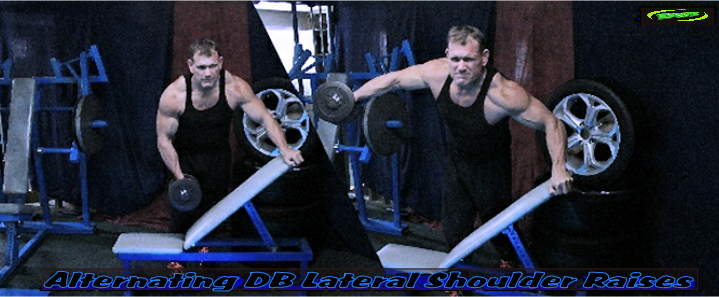
v Seated dumbbell press (support back with chair or adjustable bench)
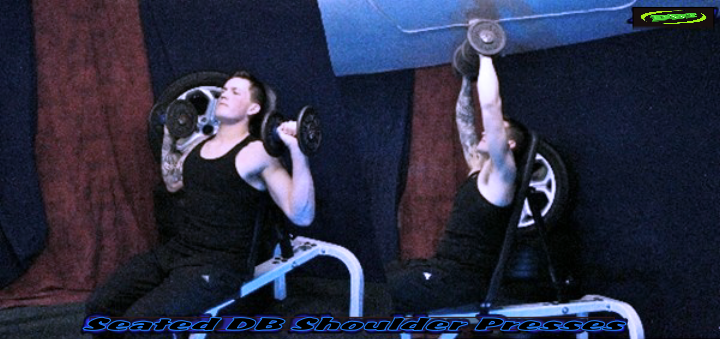
v Alternating dumbbell front raises (palms facing in direction of floor)
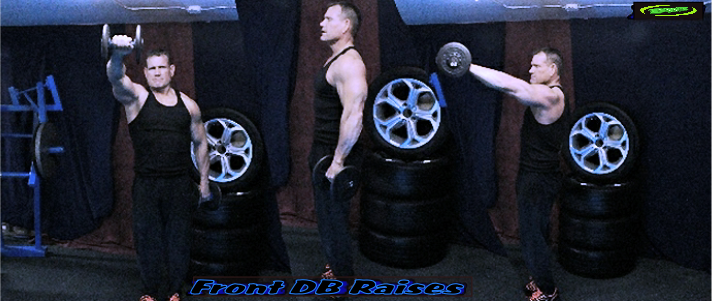
v Dumbbell upright rows (performed simultaneously from waist to neck)
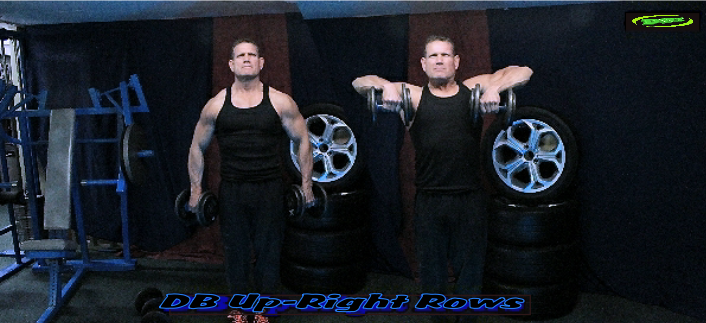
v Seated dumbbell lateral raises performed simultaneously (slightly leaning position)
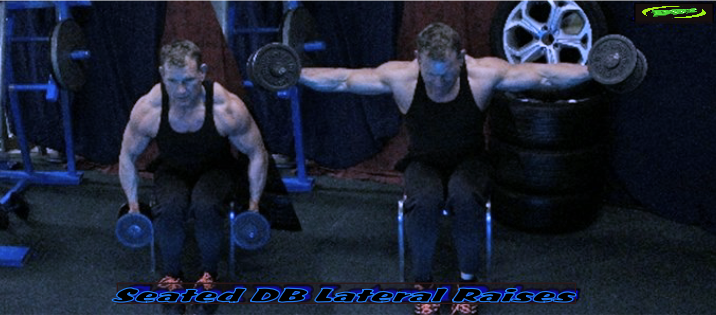
The Quadriceps:
v Dumbbell squats (palms facing in, dumbbells against hips)
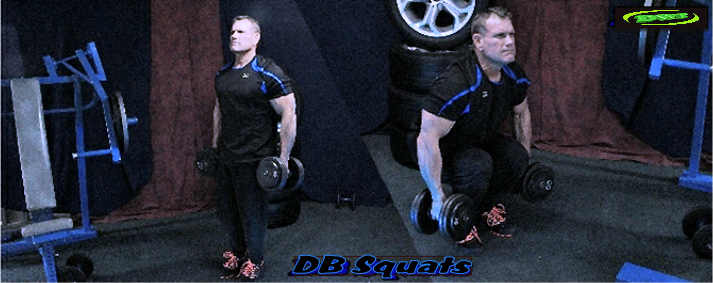
v Dumbbell goblet squats
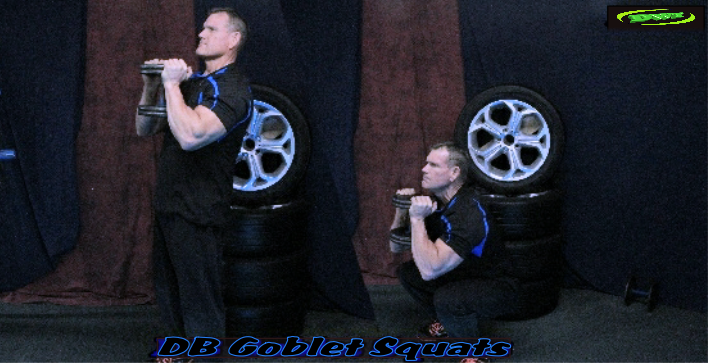
v Dumbbell step ups
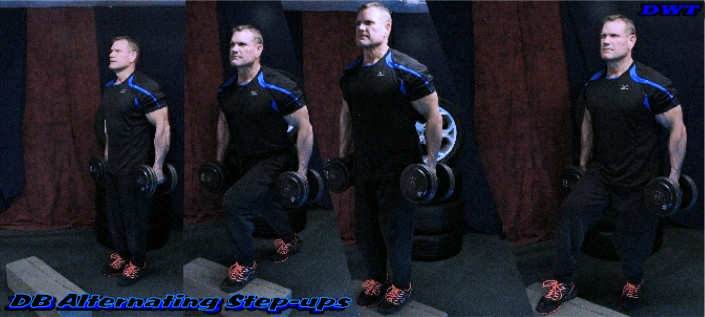
v Dumbbell walking lunges
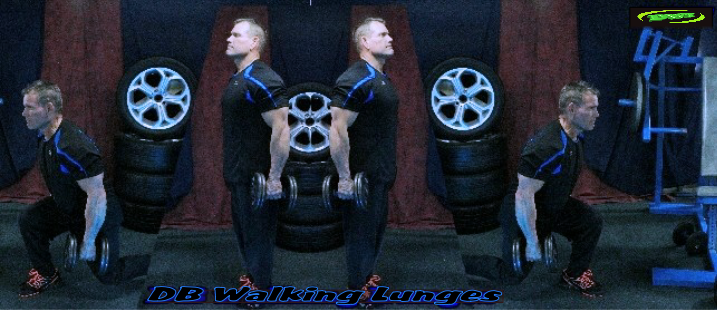
The hamstrings and calves:
v Dumbbell lying leg curls
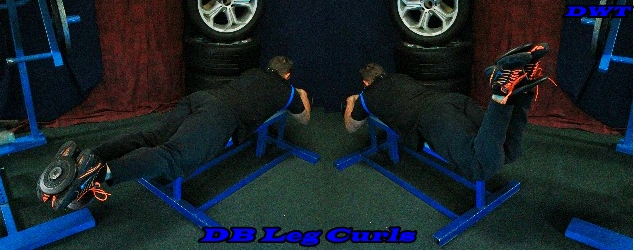
v Dumbbell Stiff legged dead lifts (vary foot position, toes in toes out)
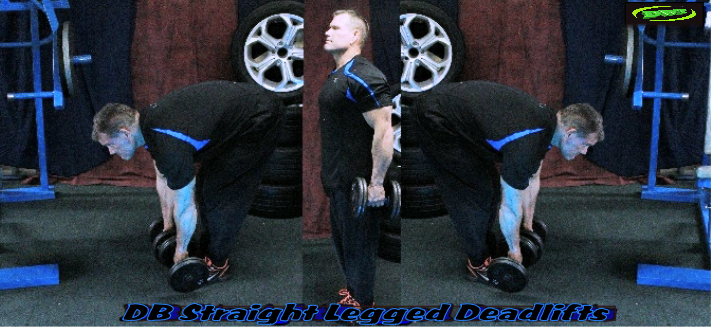
v Dumbbell calf raises/simultaneously or alternating (toes on block or step)
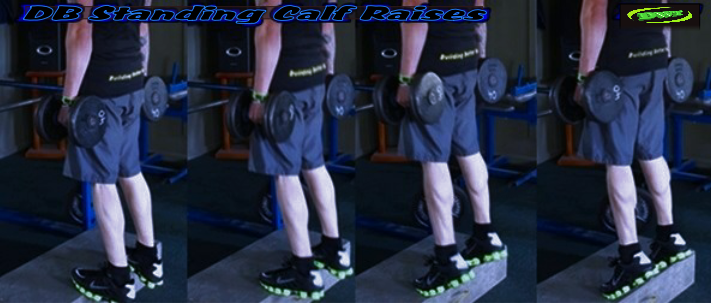
v Seated dumbbell calf raises (rest dumbbells above knees, raise up on toes)
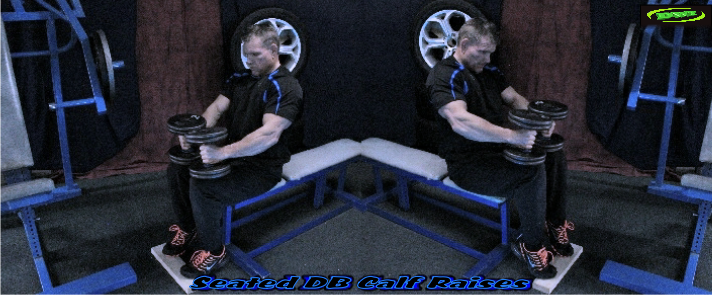
As you can see; the variety and endless possibilities of training different body parts with dumbbells is almost limitless, as opposed to restricting yourself to just the barbell.
Barbells have their place in a workout routine, they do help complete bilateral movements and help increase your overall strength curve; but, if space is limited dumbbells are always a great viable option.
As mentioned weight training with dumbbells is only limited by one thing… The power of your dynamic imagination!
How To Put These Into a Regular Weekly Workout Routine?
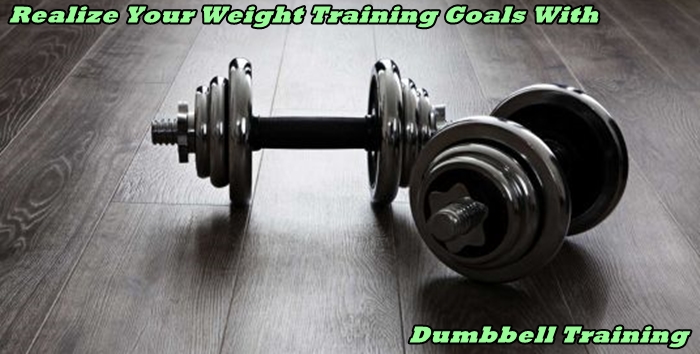
I will give a brief outline of how to set-up a weekly dumbbell training schedule to incorporate the different exercises.
Just before
I go into routine training; I personally don’t care for the word (routine),
it simply breeds boredom, I would suggest whatever exercises and weekly
schedule you group them into...
Try not to use the same exercises for more than 2 - 3 weeks at a time; change up the exercises, Change intensity levels, don’t be afraid to challenge yourself, to see results.
"Change in the absence of routine is what builds strength, muscle and endurance"
Base the challenge of your goal, towards the exercises, add the intensity you feel will most strongly impact the desire of what you wish to achieve from weight training with dumbbells.
Your best results from dumbbells will come from; not making things routine.
To help you out with exercise scheduling issues; I have made an exercise program example, outlining different exercises, you can perform on different days of the week. pick the ones and change the set ranges you feel will give you the best results
So How Would an all-out Weight Training With Dumbbells Routine Look?
Monday Day 1: Chest, Triceps and Shoulders.
Warm-up 5 to 10 minutes (light cardio, abdominal core exercises)
v Flat bench dumbbell presses - sets 3 to 4.
v Dumbbell shoulder presses (standing or seated) - sets 3
v Dumbbell triceps extensions (simultaneously or alternating) - sets 3
v Incline dumbbell flyes (bench at a 30° angle approx.) – sets 3
v Dumbbell alternate lateral shoulder raises - sets 3 to 4
v dumbbell shrugs (imagine shoulders touching ears) - sets 3 to 4
Wednesday Day 2: Quads, Hamstrings and Calves.
Warm-up 5 to 10 minutes (abdominal, core and moderate cardio exercise)
v Dumbbell Goblet squats – sets 4
v Dumbbell straight legged deadlifts - sets 3 to 4
v Dumbbell walking lunges (10-15 steps per leg, if you get more, increase weight).
v Dumbbell squats (dumbbells at sides, lower into squat) - sets 3 to 4
v Dumbbell single leg standing calf raises - sets 4 to 5.
Friday day 3: Back, Biceps, Trapezius
Warm-up 10 to 12 minutes (moderate cardio run jog Calisthenics 3 to 4 mins each)
v Standing Bent over dumbbell rows (simultaneously, knees slightly bent) - sets - 4
v Dumbbell upright rows (lifting simultaneously from waist to neck) - sets 3 to 4
v Alternating dumbbell rows (hand and knee on bench, while lifting) - sets 3 to 4
v Dumbbell seated curls alternating (bench at 30 to 40° angle) - sets 3
v Standing dumbbell curls (alternating or simultaneous) - sets 3 to 4
v Seated dumbbell concentration curls (finish each set one arm at a time) - sets 3 - 4
Note: the cardio is added to give two advantages.
First: the cardio and core exercises act as a warm-up for the dumbbell exercises.
Second: the short amount of cardio work that you perform stimulates and heightens metabolism performance, essentially; a (body fat burner).
The core exercises simply: help unite strength and flexibility between the upper and lower body, all of these components are essential to building overall body strength and conditioning.
Summarizing how to make dumbbell training effective
As you can see, weight training with dumbbells is easy as far as space-saving and creativity of the exercises goes. But…
like most things with weight training You ultimately have to put in the effort!
If your training in a gym, there will probably be enough people and some good atmosphere to help motivate you. But...
If you are not and you do have a home-based gym, or simply workout in the living room or garage of your home, it takes motivation and some determined persistent effort ! If you want to change and alter your physique.
Make your music motivate, change it regularly, give yourself small rewards along the way, eat clean with a couple of cheat days each month, if you feel you need them. Change the colour of the room with a colour that motivates you on a Sunday afternoon.
Set goals, buy a new pair of runners or a new workout T-shirt, weight training with dumbbells are simply an end to a means: they are inanimate.
It takes creativity and intensity to make this new effort happen... if you stay with it, like anything; you will see results.
Never give up on the hopes and dreams of the things you want to achieve on the journey, to building your better body. You don’t need as much fancy equipment as equipment companies would have you believe. Simplicity is one of life’s keys for each of us to enjoy at our own speed. I have created this article to do just that for you, good luck.
DWT
